Home>Ideas and Tips>Backyard Stepping Stone Path DIY to Create a Garden Walkway
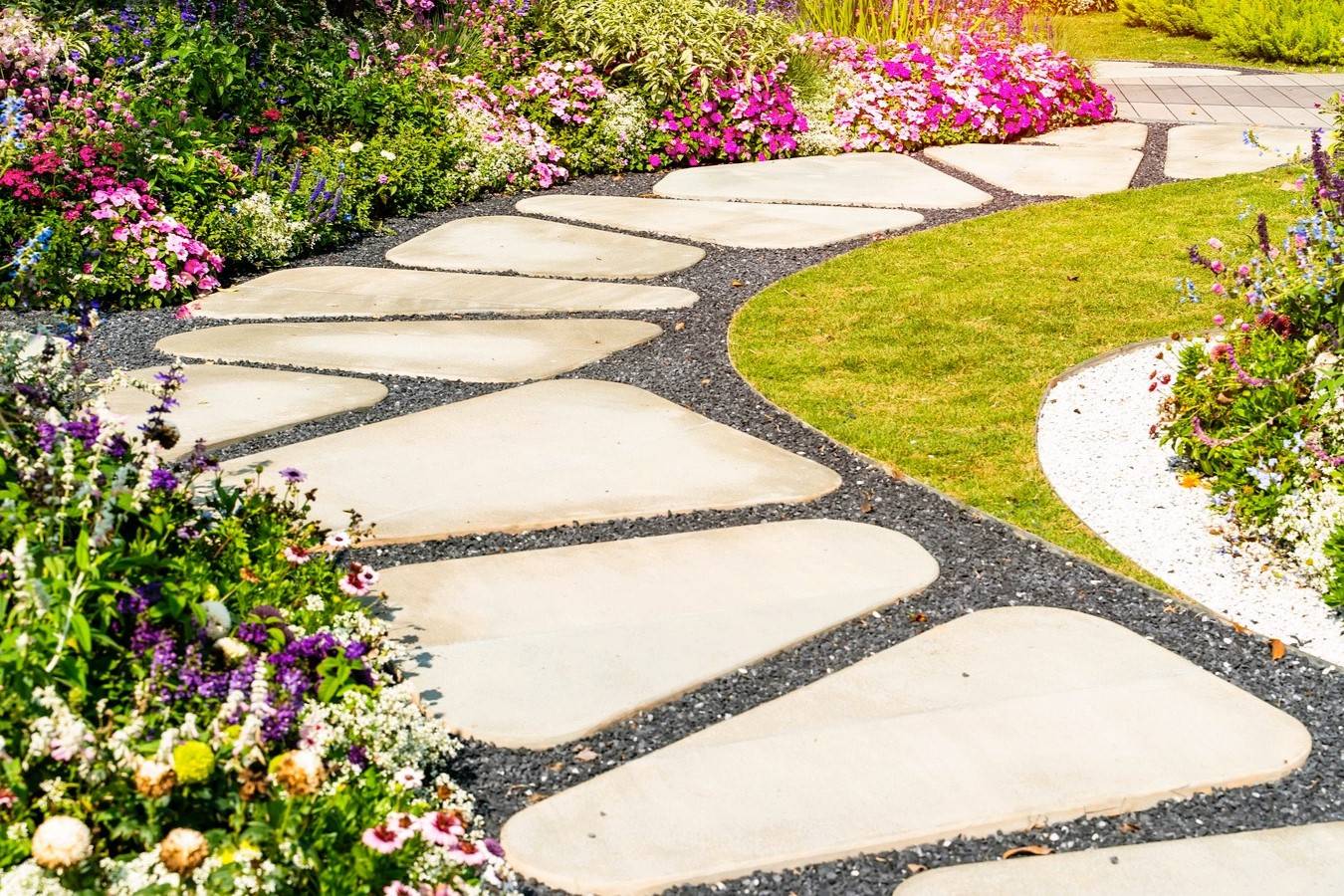

Ideas and Tips
Backyard Stepping Stone Path DIY to Create a Garden Walkway
Modified: November 2, 2024
Create a beautiful and functional garden walkway with our DIY guide to building a backyard stepping stone path. Easy steps for a stunning outdoor space!
(Many of the links in this article redirect to a specific reviewed product. Your purchase of these products through affiliate links helps to generate commission for Storables.com, at no extra cost. Learn more)
Creating a stepping stone path in your backyard is an excellent way to enhance the beauty and functionality of your outdoor space. Not only does it provide a defined walkway that protects your lawn from foot traffic, but it also adds visual interest and can connect different parts of your yard seamlessly. In this article, we will guide you through the process of building a stepping stone path, from planning and preparation to installation and finishing touches.
Planning Your Path
Before you start digging, it’s crucial to plan your path carefully. This involves choosing the right location and determining the appropriate dimensions.
Choosing the Right Location
Select a location that makes sense for foot traffic in your yard. Consider natural walking patterns and connect key areas like your driveway to your front door or your patio to a garden feature. The path shouldn’t interfere with existing landscaping or underground utilities. Be sure to consider your local weather conditions. Avoid placing stepping stones in spots prone to water accumulation, as this can lead to slippery surfaces and erosion. Choosing a well-drained and relatively flat terrain will help maintain the path’s stability and safety.
Determining Path Width and Length
We recommend measuring the stride of the shortest person in your household to ensure comfortable stepping distances. Individual stones should be at least 24 inches wide to prevent cracks and allow for easy walking. The length of your path will depend on the areas you’re connecting, but be sure to account for any curves or turns in your design. Consider the overall scale of your outdoor space. A narrow path might be sufficient for a small garden, while wider paths may be better for a more spacious yard. The key is to create a balance between functionality and visual appeal.
Essential Tools and Materials
To successfully install a stepping stone path, you’ll need the right tools and materials. Here’s a list of what you’ll need:
- Stepping Stones: These can be made of various materials such as concrete, natural stone, or porcelain pavers. Choose stones that are at least 24 inches wide for comfortable walking.
- Sand or Decomposed Granite: This material provides a stable foundation for your stones. It compacts well and prevents erosion.
- Gravel or Mulch: These can be used as additional ground cover to enhance the appearance of your path.
- Sod Cutter: This tool helps remove the sod in the area where you’ll be laying the stones.
- Edger: An edger is useful for cutting the sod along the edges of your path.
- Wheelbarrow: A wheelbarrow is essential for mixing and transporting materials like sand and gravel.
- Trowel or Shovel: These tools are necessary for digging and leveling the ground.
- Rubber Mallet: A rubber mallet helps tap the stones into place without damaging them.
- Level: A level ensures that each stone is even with its neighbors.
Designing Your Path
Designing your stepping stone path involves more than just laying out the stones. Here are some steps to help you create a beautiful and functional design:
-
Mark the Path:
- Use stakes and string to outline your path. Start with three to six inches between stones and adjust from there to fit the last paver without cutting it. To create a curve, tighten the space between the inside corners and open it up on the outside corners.
-
Cutting the Sod:
- Set a half-moon edger alongside each paver, then step down on it to cut completely through the turf’s roots. Repeat along the entire perimeter.
-
Removing Grass and Soil:
- Flip each paver to the side of its outline, then strip out the sod. Dig down along the edge to a depth equal to the stone’s thickness plus one and a half inches. Repeat this process for each remaining stone.
-
Adding the Base:
- In a wheelbarrow, mix stone dust with water to the consistency of cake batter. Add about 2 inches of the mix to each hole, enough to bring the paver up to the mason’s line. Ensure that the base is even and does not have any high or low spots.
-
Placing and Setting the Stones:
- Carefully place each stone into its prepared bed. Use a rubber mallet to tap the stone into place, ensuring good contact with the setting bed. Check each stone with a level, adjusting as necessary to ensure it’s even with its neighbors.
-
Finishing Touches:
- Once all the stones are in place, add additional ground cover like gravel or mulch around them. This helps keep the stones stable and adds visual appeal.
Tips for Laying Stepping Stones
Here are some additional tips to keep in mind when laying stepping stones:
-
Use a Gravel Base:
- If your path runs along the edge of a slope, level it by digging it into the slope and building a low retaining wall. Pour and pack gravel into an 8-in. deep trench for the retaining wall footing only.
-
Stagger the Stones:
- Stack the stone walkway for the low retaining wall on the compacted gravel base. Stagger the joints in the stones and set each row back 1/2 in. behind the face of the stones below so the wall “leans into” the hill.
-
Tamp the Base:
- You can lay a stone path like this almost anywhere that’s not too steep for comfortable walking. If after laying out your path, you notice a section that seems too steep, plan on building in a step to break the path into sections that are more level.
-
Form the Front of the Step:
- Set 6 x 8-in. wall stone into a 3-in. bed of sand to form the step. Settle and level the stones with a rubber mallet or a hammer and block of wood.
-
Spread Sand:
- Spread a 3-in. layer of sand over the path of the building. Use a rake to smooth the sand about 2 in. below the surface of the lawn.
-
Arrange the Stones:
- Laying the stone walkway is like assembling a big, heavy jigsaw puzzle. Spread the stones out on the ground so you can pick shapes and colors that fit. Use a wheelbarrow or a two-wheel dolly to move heavy stones, and always lift with your legs, not your back.
Inexpensive Stepping Stone Walkway Ideas
Creating a stepping stone walkway can be an economical choice, particularly if you DIY the walkway yourself. Here are some inexpensive stepping stone walkway ideas:
-
Use Natural Stone or Concrete Pavers:
- Natural stone or concrete pavers are affordable options that can give your path a beautiful and rustic look.
-
Nestling Stones in Sand:
- Nestling the stones in a 2-inch base of sand can be a sturdy way to secure your stones.
-
Add Additional Ground Cover:
- Any additional ground cover like rocks, gravel, or mulch can enhance the appearance of your path while keeping it stable.
-
DIY Projects:
- Many DIY projects involve using materials you already have at home or finding affordable alternatives at local hardware stores.
Read more: How To Make A Stepping Stone Path
Conclusion
Creating a stepping stone path in your backyard is a rewarding DIY project that can add both form and function to your garden space. By following these steps and tips, you can create a beautiful and functional walkway that connects different parts of your yard seamlessly. Whether you’re looking to enhance the aesthetic appeal of your garden or create a practical pathway for foot traffic, a stepping stone path is an excellent choice. Remember to take your time and check your work on each step to ensure your path is beautiful and functional for years to come.
By following this guide, you’ll be able to create a stunning stepping stone path that not only enhances the beauty of your backyard but also provides a practical solution for navigating through your garden. Whether you’re a seasoned DIY enthusiast or just starting out, this project is accessible and rewarding. So go ahead, get creative, and enjoy the process of transforming your outdoor space into a beautiful and functional oasis
Was this page helpful?
At Storables.com, we guarantee accurate and reliable information. Our content, validated by Expert Board Contributors, is crafted following stringent Editorial Policies. We're committed to providing you with well-researched, expert-backed insights for all your informational needs.
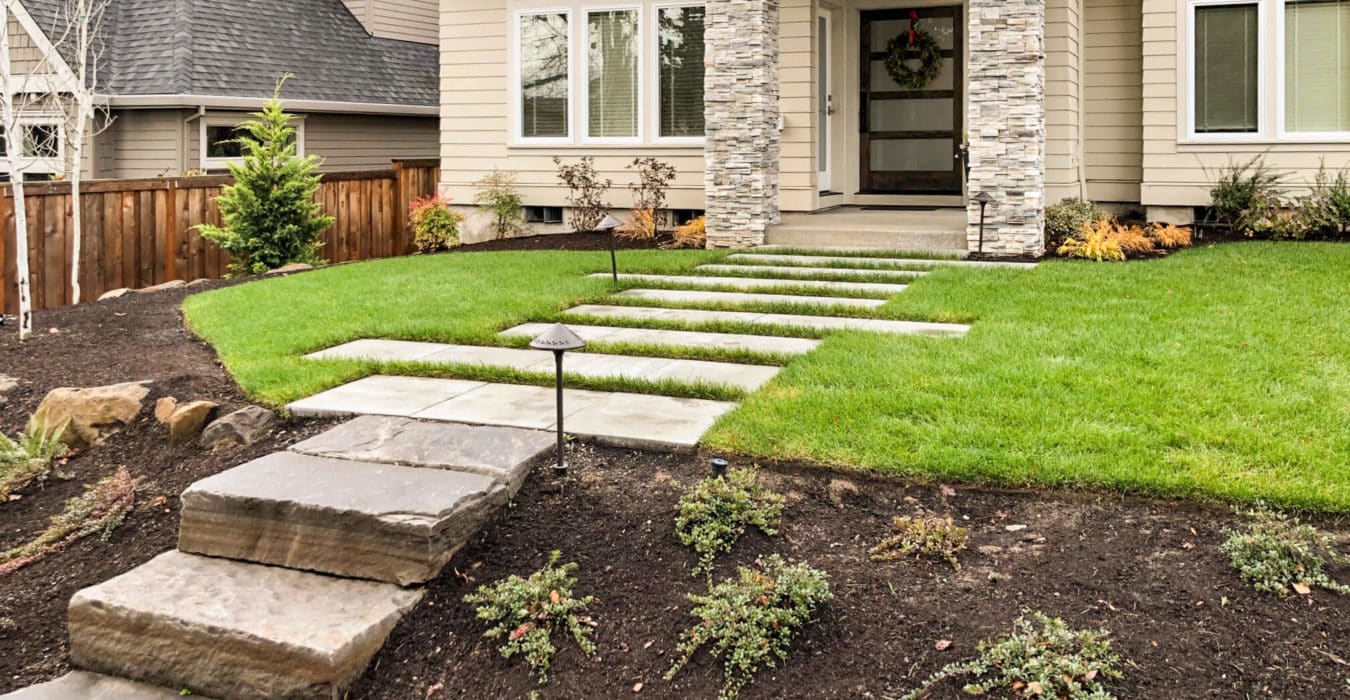
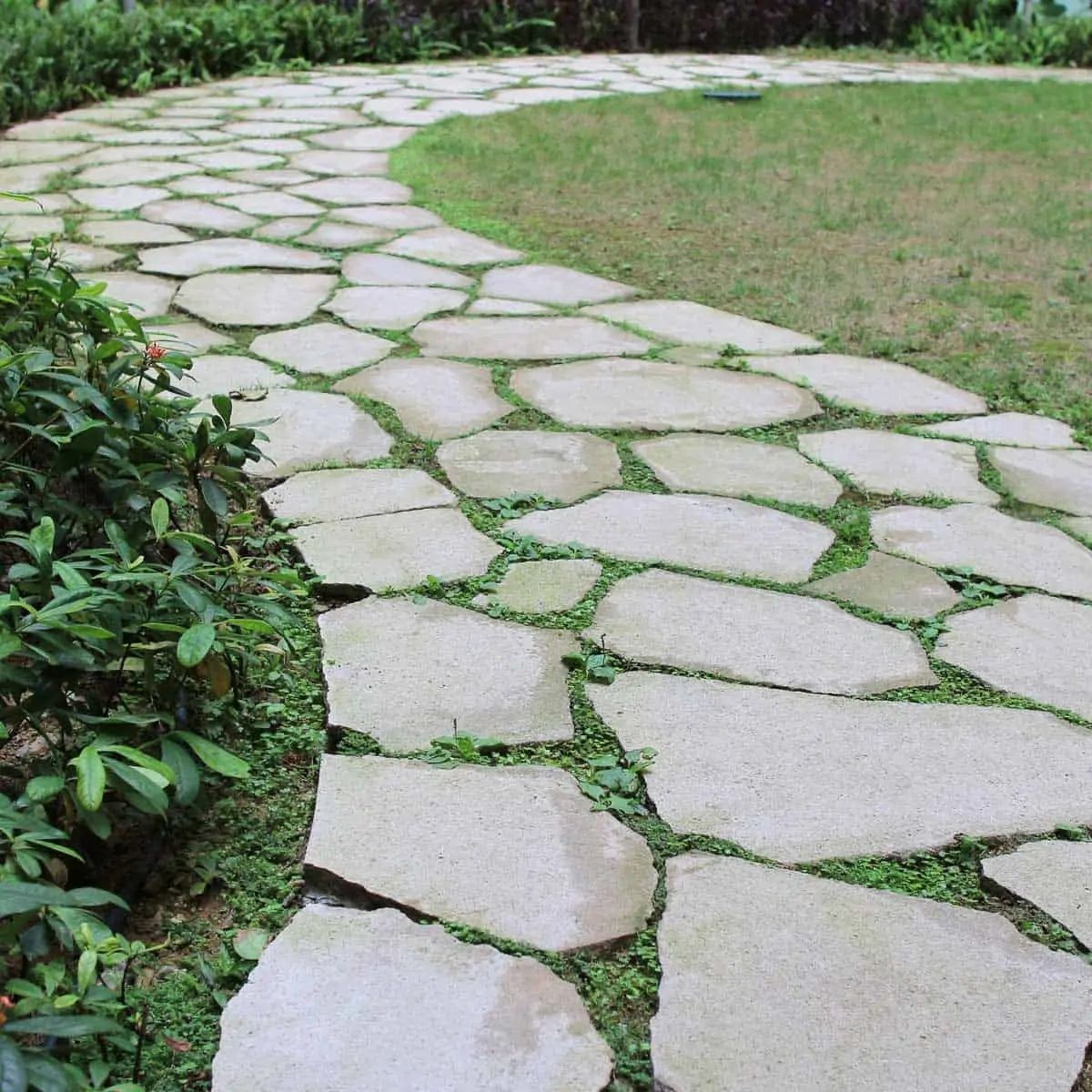

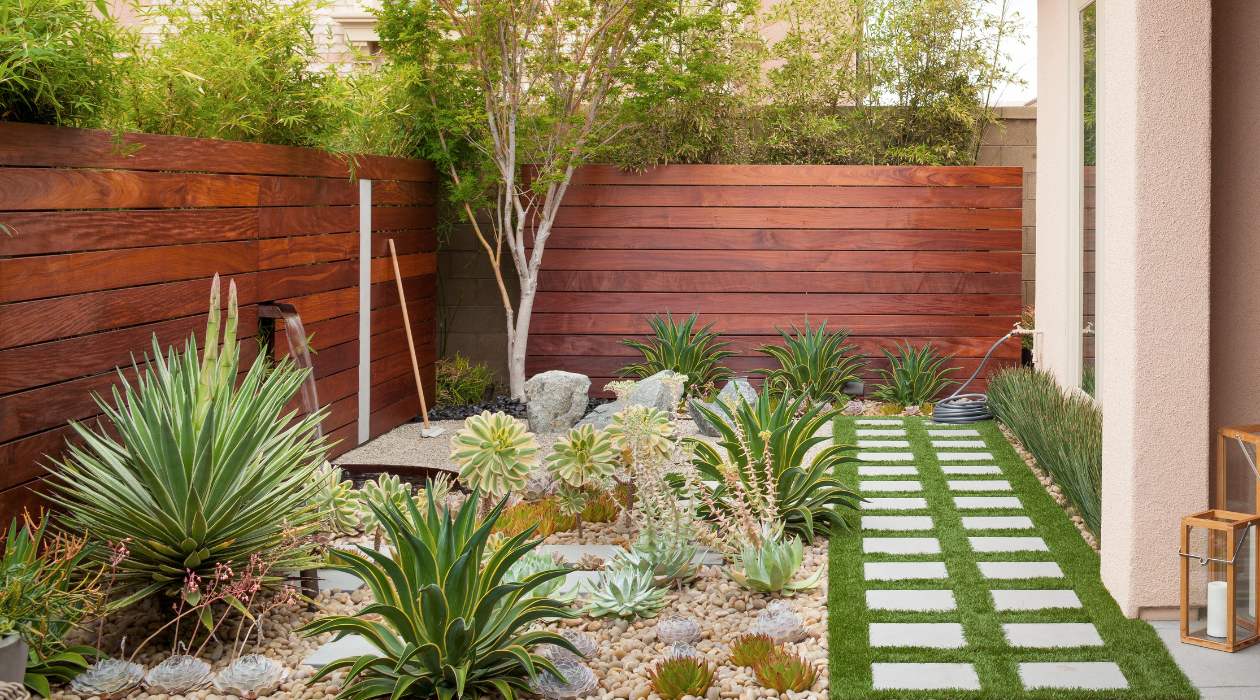



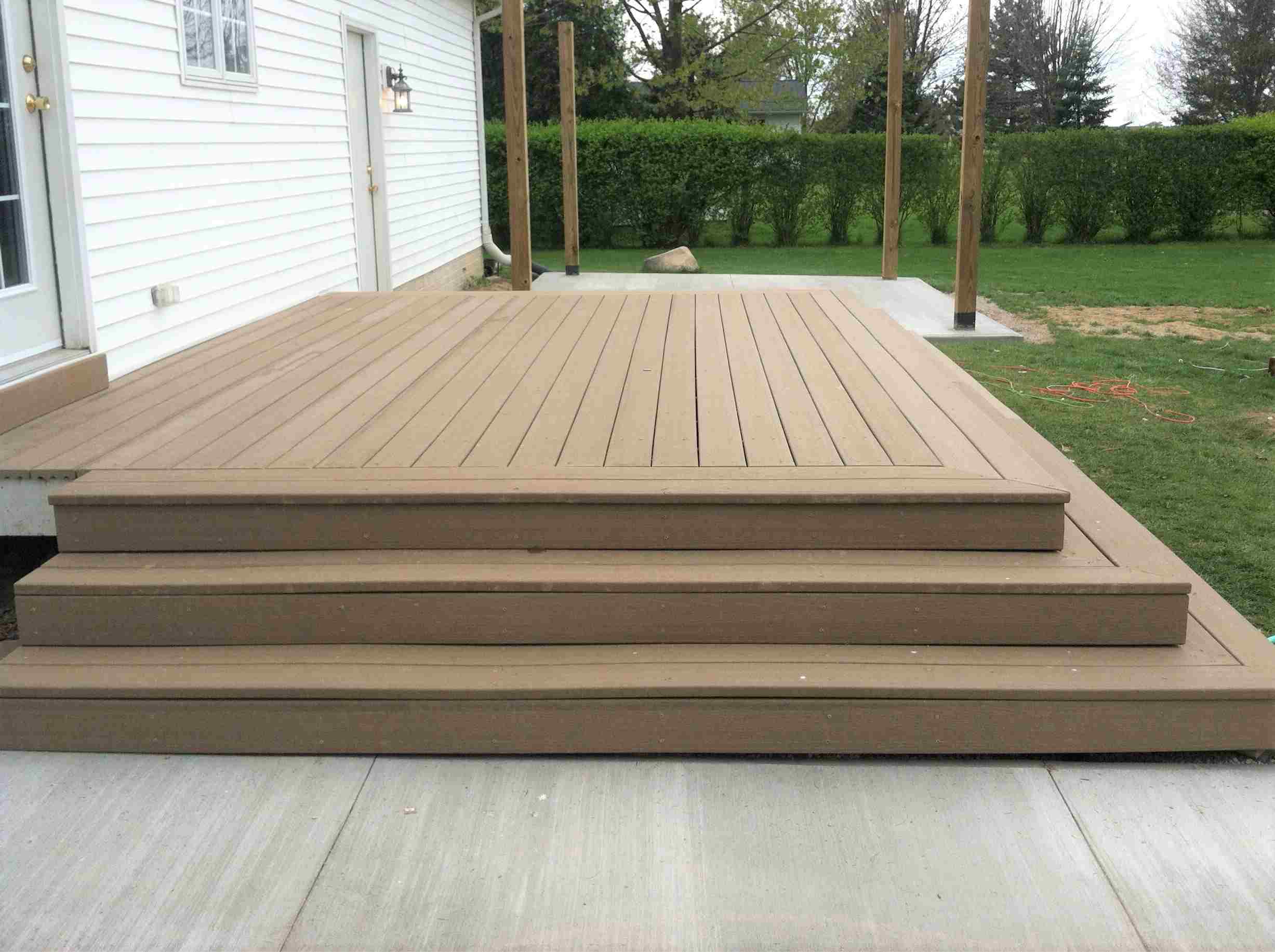
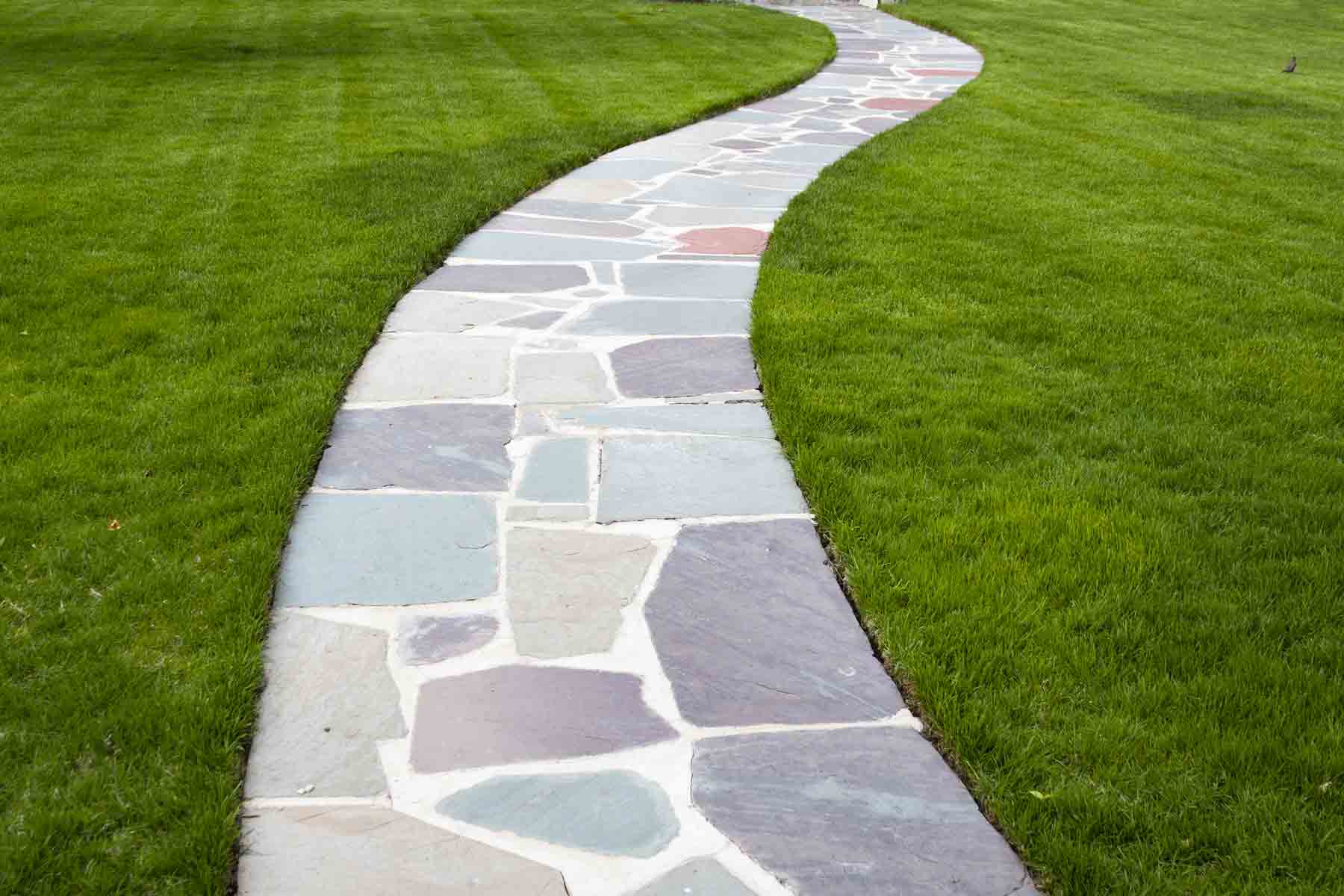
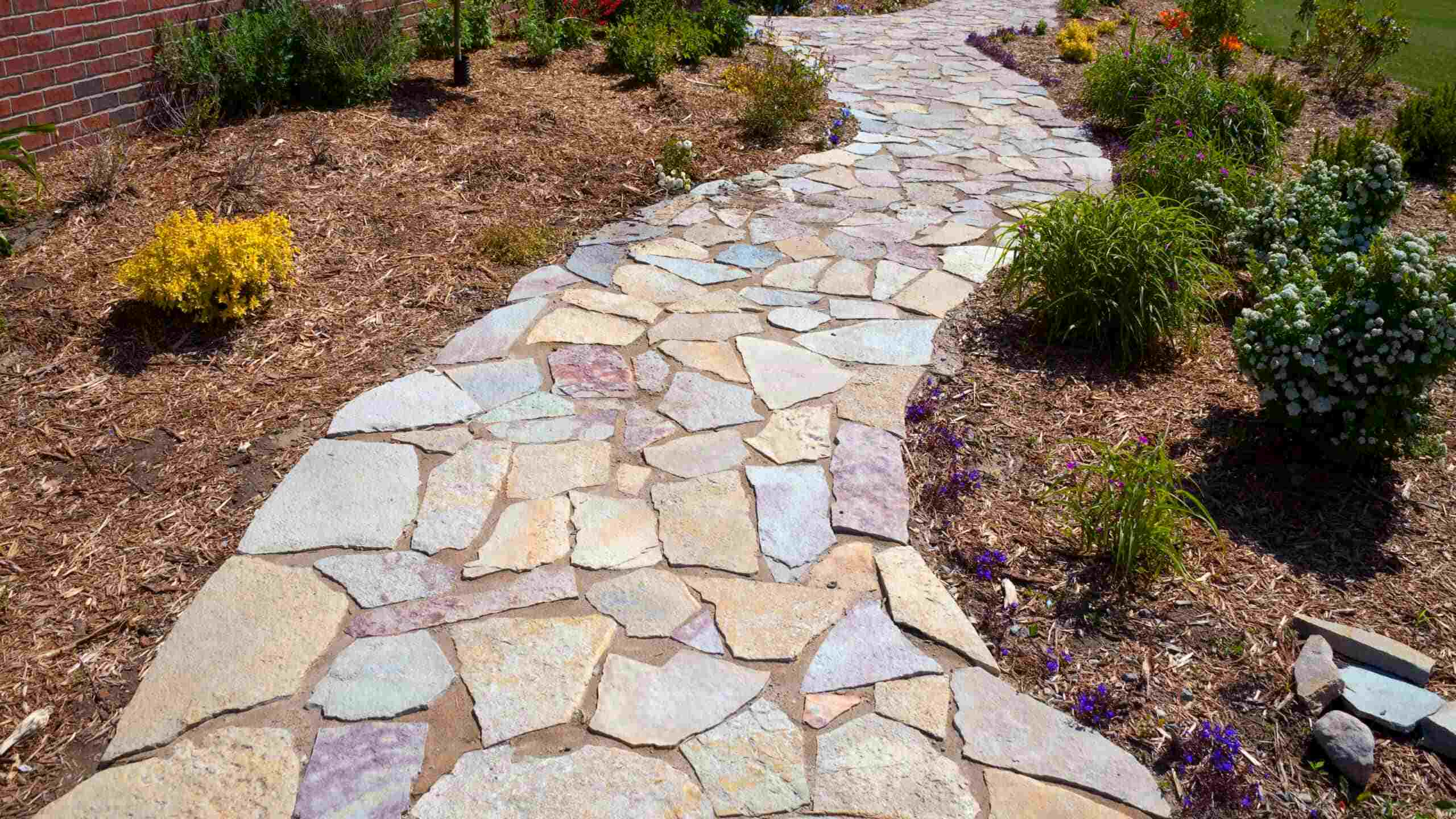

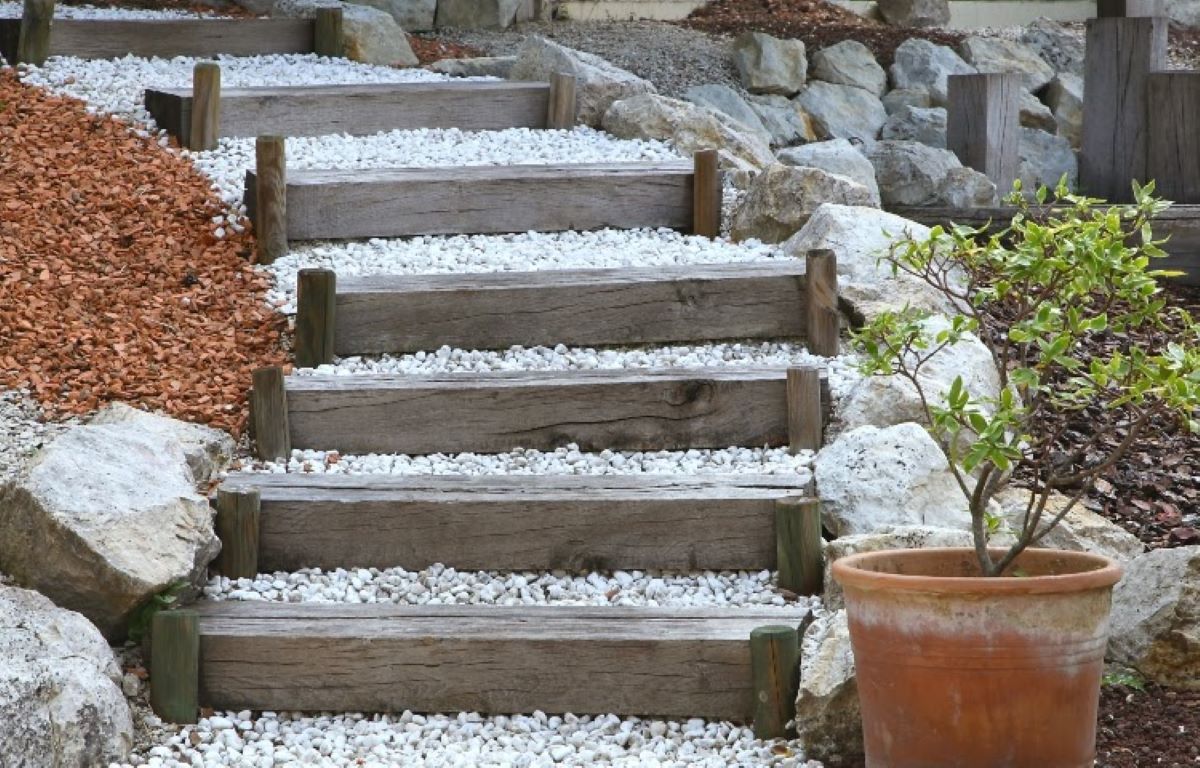
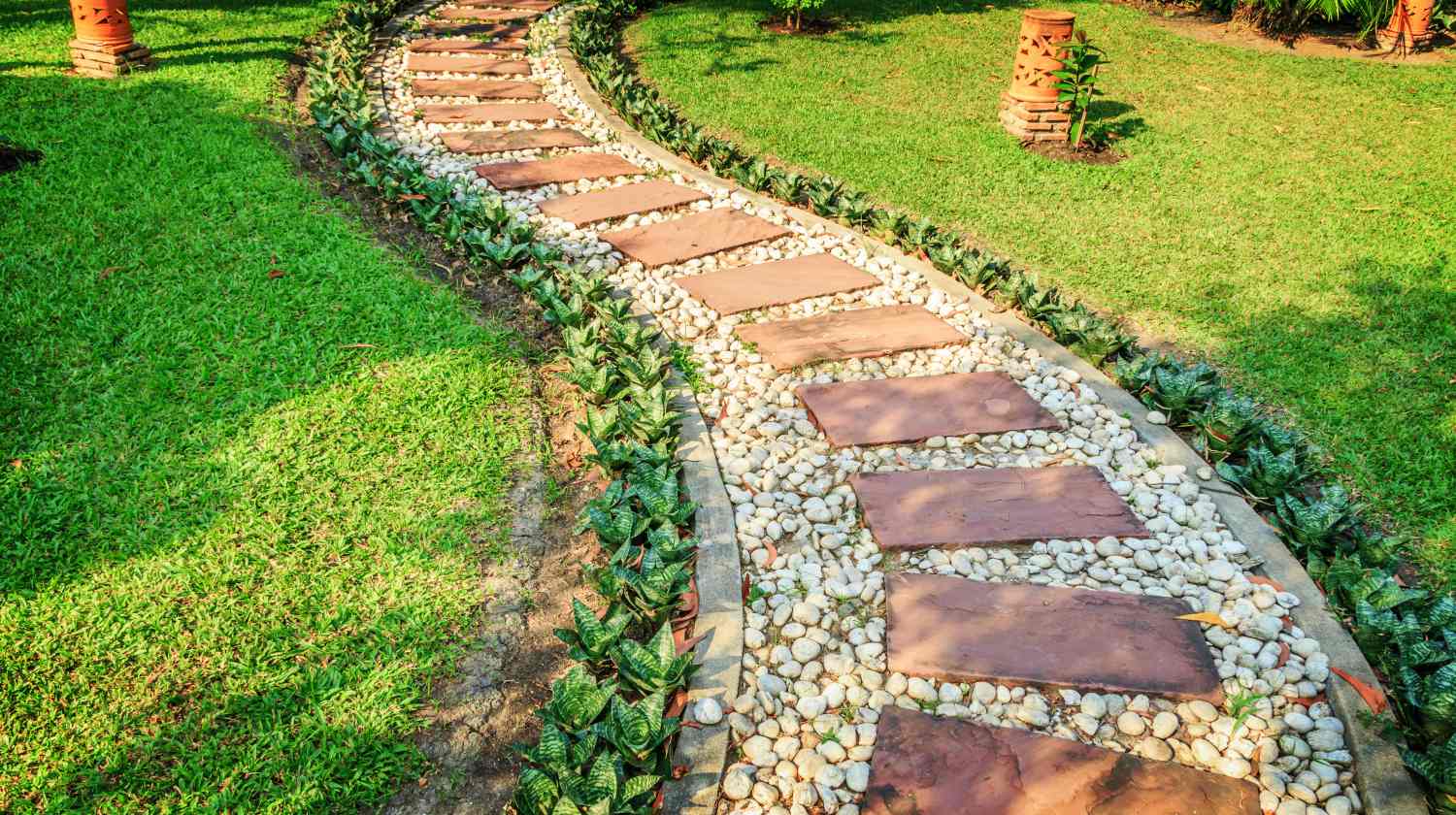
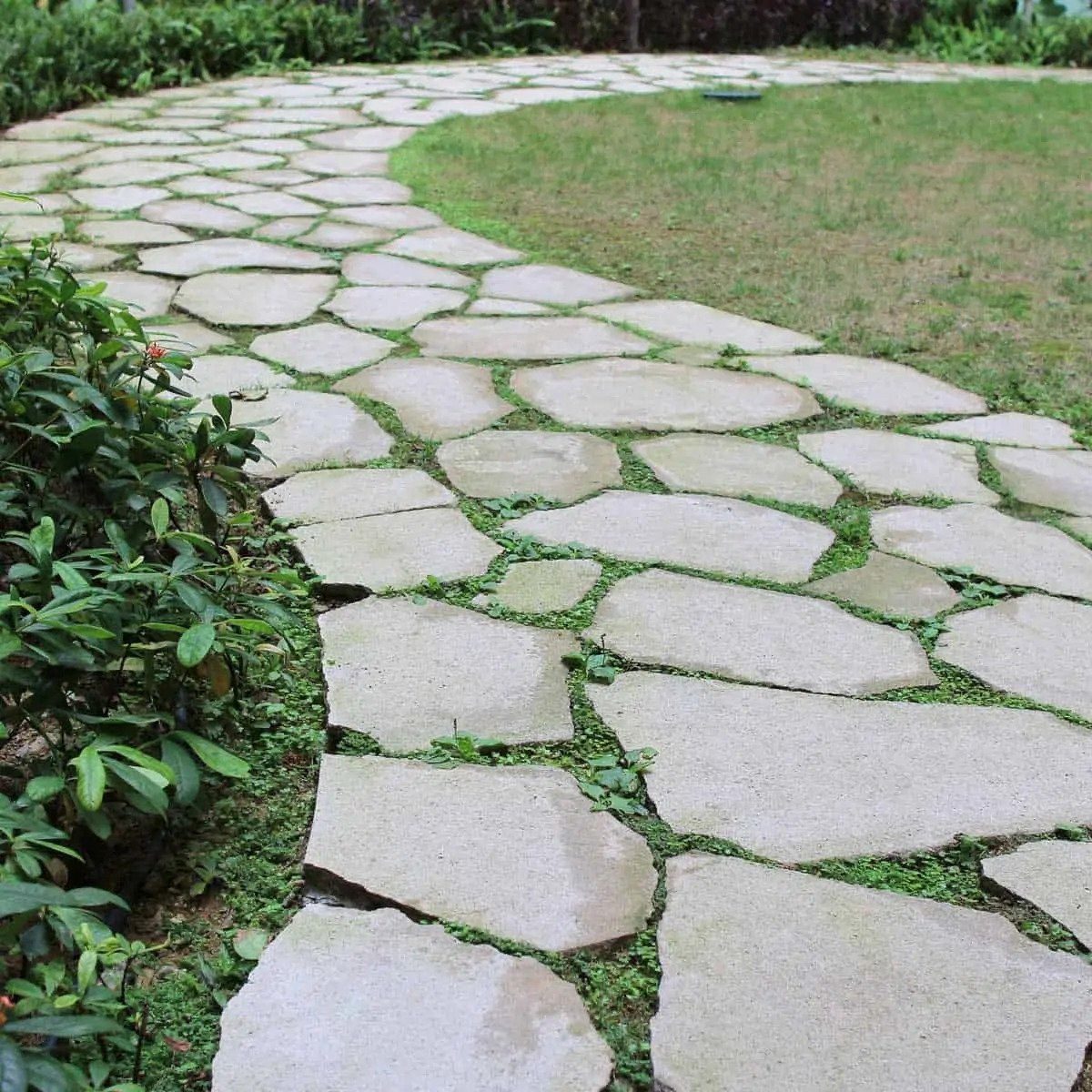

0 thoughts on “Backyard Stepping Stone Path DIY to Create a Garden Walkway”